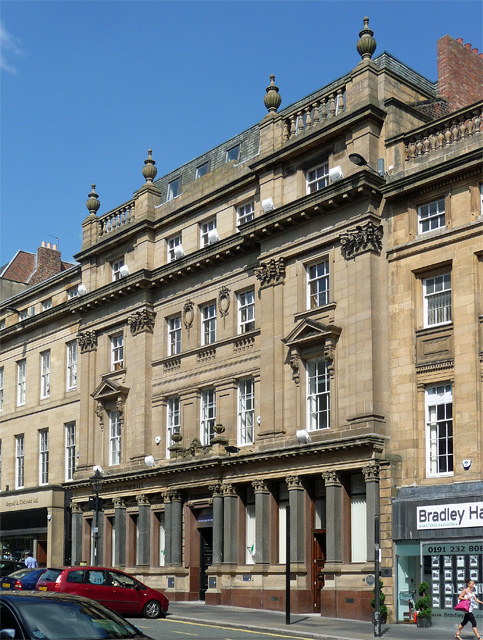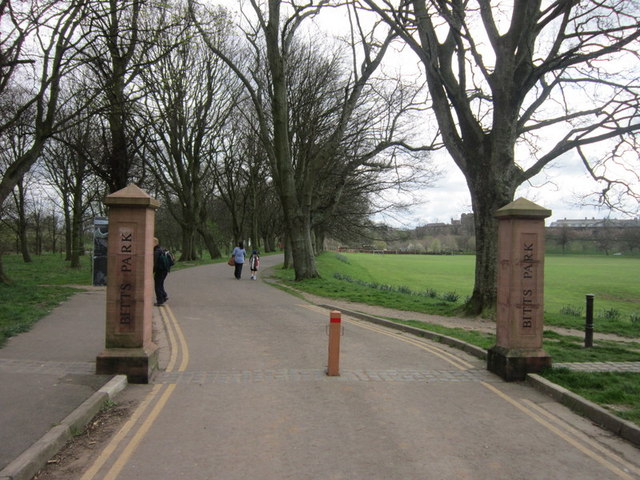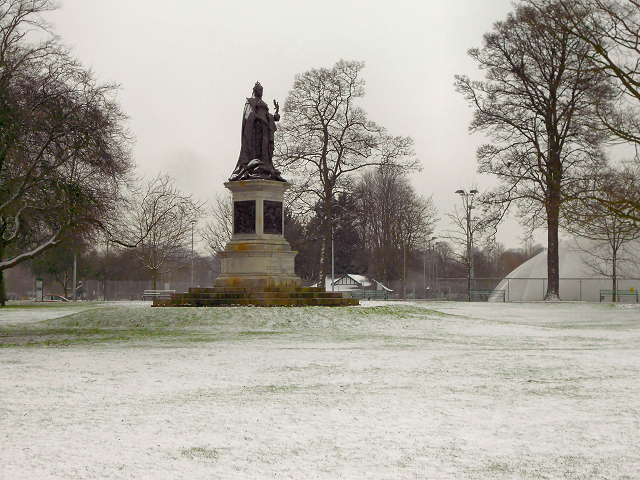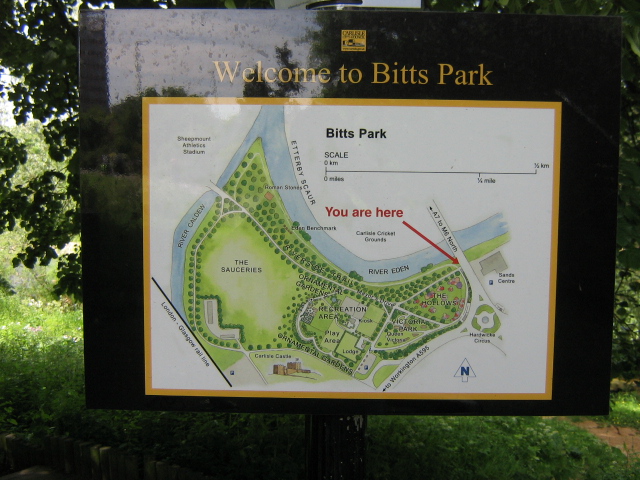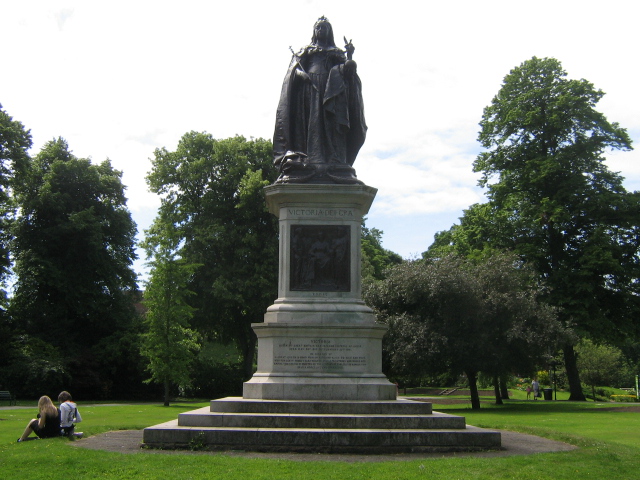Nos. 18-26 Grey Street, Grainger Town, Newcastle-upon-Tyne, Northumberland, England

-
Description
Grade II listed historic building constructed in 1836. "Grainger Town is the historic heart of Newcastle upon Tyne, England. Incorporating classical streets built by Richard Grainger, a builder and developer, between 1824 and 1841, some of Newcastle's finest buildings and streets lie within the Grainger Town area of the city centre including Grainger Market, Theatre Royal, Grey Street, Grainger Street and Clayton Street. These buildings are predominantly four storeys, with vertical dormers, domes, turrets and spikes. Richard Grainger was said to 'have found Newcastle of bricks and timber and left it in stone'. Of Grainger Town's 450 buildings, 244 are listed, of which 29 are grade I and 49 are grade II*. Grainger Town covers approximately 36 ha (89 acres), and the architecture is dubbed 'Tyneside Classical' architecture. One of the streets of Grainger Town, Grey Street, was described by Sir Nikolaus Pevsner as 'one of the finest streets in England'. The area also includes a mediaeval 13th-century Dominican friary, pieces of the historic Town Walls and many fine Georgian and Victorian buildings. Almost all of Grainger Town is within Newcastle's Central Conservation Area, one of the first to be designated in England. The majority of the buildings are in private ownership. The area around Grey's Monument and Grey Street is expanding fast, with high quality shopping outlets, designer fashions and jewellery. The Central Exchange, containing the Edwardian Central Arcade, is located within this area. Grey Street was built by Grainger in the 1830s with the aid of several architects, including John Dobson. The whole of the western side of the street was designed by two architects from Grainger's office, John Wardle and George Walker. Dean Street, which continues south from Grey Street was constructed earlier, in 1749. Grey Street contains the Theatre Royal designed by John and Benjamin Green, the southern entrance to Monument Metro station and the Central Arcade. It is renowned for its Georgian architecture, and was in 2010 voted 'Best street in the UK' by BBC Radio 4 listeners. The street runs south from Grey's Monument; after the junction with Mosley Street it continues as Dean Street. Like Dean Street, it follows the route of the Lorke or Lort Burn, which formerly flowed into the Tyne but is now underground and so it curves slowly to the east as well as descending towards the river. The street was initially named Upper Dean Street, but it was subsequently renamed as Grey Street. Sir John Betjeman said: As for the curve of Grey Street, I shall never forget seeing it to perfection, traffic-less on a misty Sunday morning. Not even Regent Street, even old Regent Street London, can compare with that descending subtle curve. Newcastle upon Tyne (/ˌnjuːkɑːsəl -/, locally /njuːˌkæsəl -/), commonly known as Newcastle, is a city in Tyne and Wear, North East England, 103 miles (166 km) south of Edinburgh and 277 miles (446 km) north of London on the northern bank of the River Tyne, 8.5 mi (13.7 km) from the North Sea. Newcastle is the most populous city in the North East, and forms the core of the Tyneside conurbation, the eighth most populous urban area in the United Kingdom. Newcastle is a member of the UK Core Cities Group and is a member of the Eurocities network of European cities. Newcastle was part of the county of Northumberland until 1400, when it became a county of itself, a status it retained until becoming part of Tyne and Wear in 1974. The regional nickname and dialect for people from Newcastle and the surrounding area is Geordie. Newcastle also houses Newcastle University, a member of the Russell Group, as well as Northumbria University. Newcastle is member of the North of Tyne Combined Authority. The city developed around the Roman settlement Pons Aelius and was named after the castle built in 1080 by Robert Curthose, William the Conqueror's eldest son. The city grew as an important centre for the wool trade in the 14th century, and later became a major coal mining area. The port developed in the 16th century and, along with the shipyards lower down the River Tyne, was amongst the world's largest shipbuilding and ship-repairing centres. Newcastle's economy includes corporate headquarters, learning, digital technology, retail, tourism and cultural centres, from which the city contributes £13 billion towards the United Kingdom's GVA. Among its icons are Newcastle United football club and the Tyne Bridge. Since 1981 the city has hosted the Great North Run, a half marathon which attracts over 57,000 runners each year." - info from Wikipedia. Summer 2019 I did a solo cycling tour across Europe through 12 countries over the course of 3 months. I began my adventure in Edinburgh, Scotland and finished in Florence, Italy cycling 8,816 km. During my trip I took 47,000 photos. Now on https://www.instagram.com/billyd.wilson/" rel="noreferrer nofollow">Instagram. Become a patron to my photography on https://www.patreon.com/billywilson" rel="noreferrer nofollow">Patreon. -
Owner
Billy Wilson Photography -
Source
Flickr (Flickr) -
License
What does this mean? Attribution-NonCommercial License
-
Further information
Link: https://www.flickr.com/photos/32132568@N06/49979481117/
Resource type: Image
Added by: Simon Cotterill
Last modified: 6 months, 3 weeks ago
Viewed: 134 times
Picture Taken: 2019-05-19T07:09:00 -
Co-Curate tags

